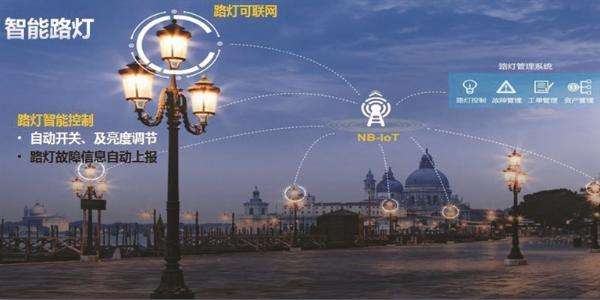Nokia 9500拆解
The Nokia 9500 handset is designed for business users, with its preloaded software for corporate solutions and office applications. Connectivity is the name of the game when it comes to the 9500, offering myriad different connection options.
Beyond the included business software, the handset''s most interesting aspect is it''s wireless LAN interface. This is the first handset I''ve analyzed containing such compatibility. The WLAN connection allows for fast data connectivity to browse the Internet. EDGE and GPRS networks can also be used for data transfer. Bluetooth, infrared, and USB 2.0 are added to further transfer information without requiring a network.
Coupled with a large 65,000-color screen (640 by 200 pixels), the connections make viewing web pages easy (Fig. 1). A full keyboard enables trouble-free e-mail creation. An integrated 640- by 480-pixel (VGA) camera with video capturing capability and MP3 music player are included. Information can be stored on the internal 80-Mbyte memory, or on a removable Multimedia Card (MMC).
 1. The Nokia 9500 handset combines myriad interfaces.
1. The Nokia 9500 handset combines myriad interfaces.
From a component perspective, there are ten key ICs, which is fewer than the typical 13 components in a Nokia handset (see the table). However, the ten doesn''t include the image sensor (as the manufacturer can''t be identified due to the lack of markings).

Texas Instruments has always had a strong baseband position in Nokia handsets, and this trend continues in the 9500. The OMAP1510 is a dual-core applications processor, and was selected for by Nokia for its ability to run streaming audio and video on 2.5G and 3G wireless networks. The OMAP1510 has a TI DSP and an integrated ARM925 processor (Fig. 2)

2. The OMAP1510 dual-core applications processor is at the heart of the handset due to its ability to run streaming audio and video.
Together with the Maxim MAX282, a 2.4GHz 802.11b Zero-IF transceiver, TI’s single-chip TNETW1100B combines a MAC and baseband processor and is fully compliant with the IEEE 802.11b standard. This allows for a fast and easy way to connect to networks, increasing the handset''s accessibility. The low power consumption design ensures that battery life isn''t negligible while connected.
Both the burst-mode flash, provided by Spansion, and the SDRAM, supplied by Samsung, are fairly typical in Nokia handsets. The exception in the memory space is the use of Toshiba’s EEPROM, the first time Toshiba memory has been designed into a Nokia handset.
The final interesting component is CSR''s BlueCore 2, which is a single-chip radio and baseband providing a Bluetooth 2.4-GHz interface. When looking at all of the functionality in the Nokia 9500, the Bluetooth connection provides a nice method to transfer information from the handset to a PC as well as providing an interface for hands-free talking.
About the author
Gregory A. Quirk is a technology analyst for Semiconductor Insights. He can be reached at .
This article is excerpted from Semiconductor Insights''
